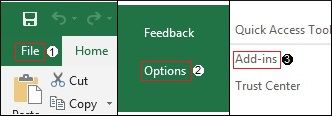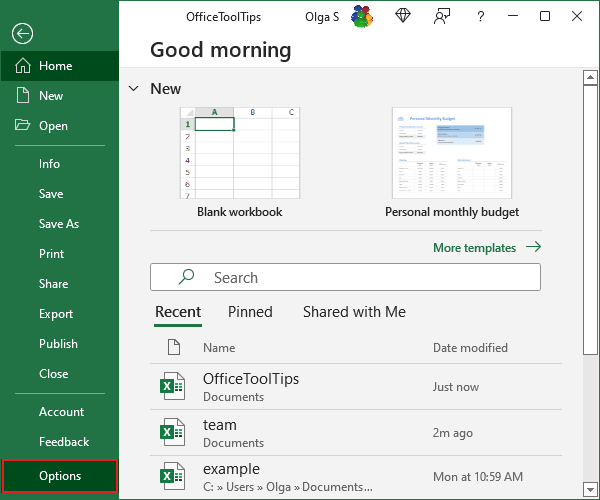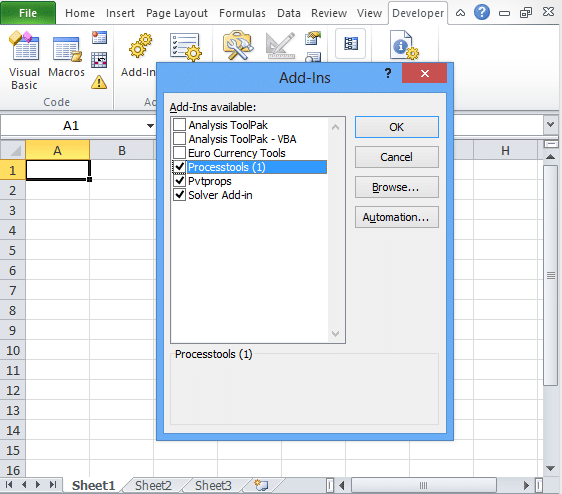

The IsAddin workbook property that can be visible when you select the ThisWorkbook object in the VBE is set to True. It is not possible to bypass the automatic Workbook_Open() event by holding down the Shift key. as a worksheet function) without the need to prefix the workbook name.Īny VBA code added to an add-in will be visible unless a password is added to the VBE project.

They can however be typed in manually and run.Īny function can be referenced (i.e. When changes are made to an add-in you will not be prompted to save your changes when Excel closes.Īny public macros in your code modules will not appear automatically in the (Tools > Macro > Macros) dialog box. Although they can be used for reference within the VBA code. None of the worksheets within an add-in are visible when the add-in is loaded. Commands can be removed and new ones added.Ĥ) Databases can be connected to and data can be extracted or imported.

Commands can be removed and new ones added.ģ) Shortcut Menus can be customised. Some of the most common uses are listed below:ġ) User defined (or custom) worksheet functions can be written to help simplify your formulas.Ģ) Toolbars and the Menu bar can be customised. You can include anything in an add-in that can be written in code. Excel add-ins are specific to Excel and cannot be used with any other application.Īdd-ins are used to distribute macros and provide an excellent way of increasing the power and functionality of Excel. Once an add-in has been installed its functionality is available from any workbook.Īn Excel add-in has the file extension (".xlam") and is a workbook that Excel can open automatically when it starts up.Īdd-ins provide an excellent way of increasing the functionality of Excel and are ideal for distributing user defined worksheet functions.Īny workbooks that have been converted to add-ins will have their worksheets hidden.Īdd-ins are specific to a particular application.

An add-in is a program that can be attached to Excel to give it additional functionality.


 0 kommentar(er)
0 kommentar(er)
